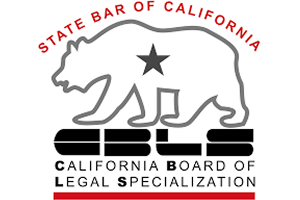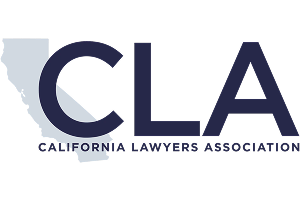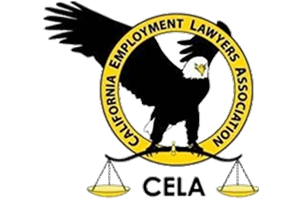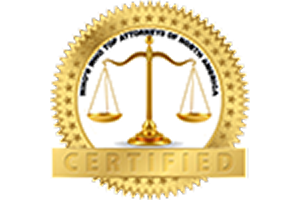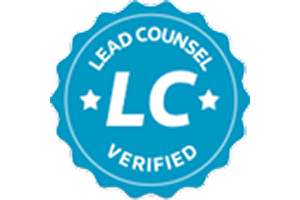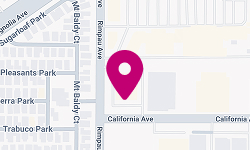Often subtle and insidious, workplace discrimination remains a challenge in modern work environments. Our Inland Empire employment lawyers intend to provide this guide to help employees recognize and understand the various forms of discrimination they might face from their employers. The importance of this topic cannot be overstated, as discrimination not only affects individual employees…
Continue reading ›Articles Posted in workplace discrimination
Age discrimination is a growing problem in the US, with two out of three employees between 45 and 74 claiming they have seen or experienced the problem at work. However, age discrimination in the workplace is against the law in California according to the Fair Employment and Housing Act (FEHA). It also is illegal under…
Continue reading ›Workplace discrimination lawsuits effectively hold companies liable when they violate employment law. In addition, workplace discrimination actions can be started to stop illegal behavior and offer compensatory damages to workers who have been discriminated against. Learn below why you should hire an attorney if you think you have been discriminated against on the job. Law…
Continue reading ›




